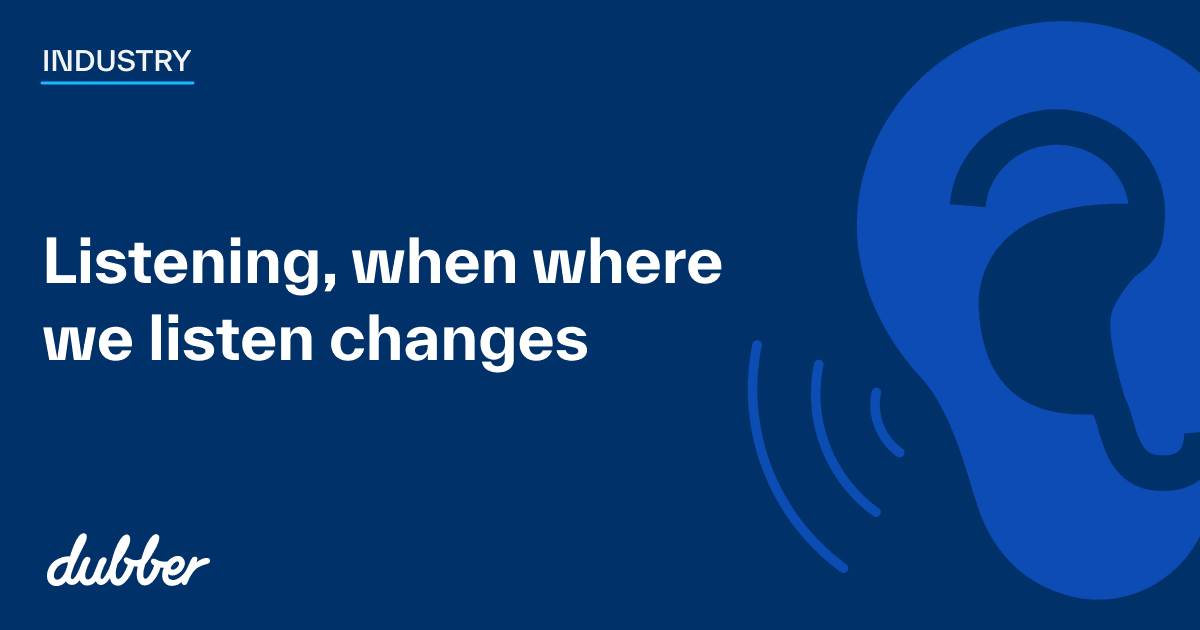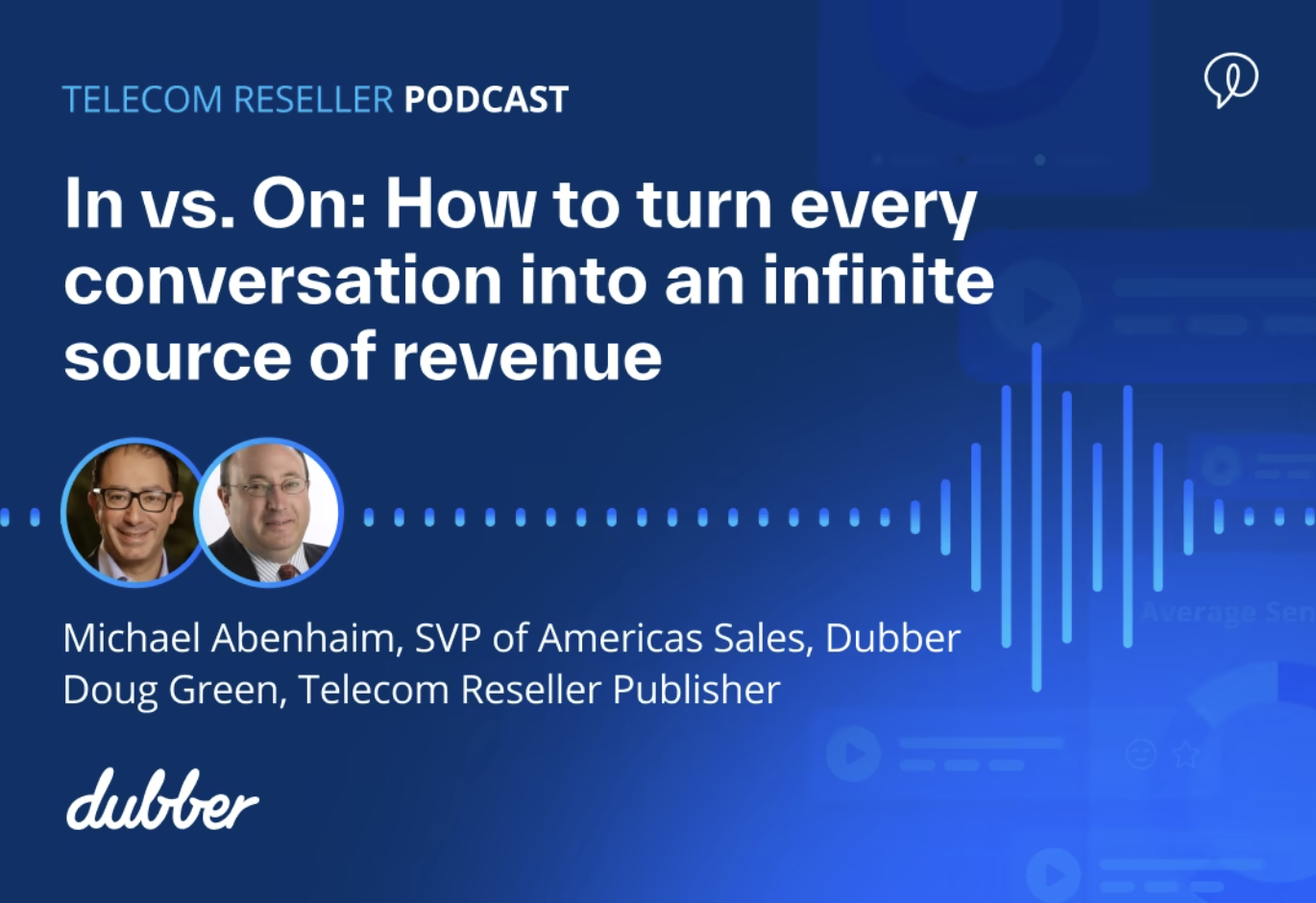

Listening when where we listen changes
Ending not knowing in financial services
Two aspects of the 2020 pandemic lockdown transformed the way financial institutions handle compliance.
First, Bankers and others in the finance sector stopped interacting face-to-face with customers. An industry that relied on face-to-face interaction and in-person transactions had to find new ways of working.
Second, employers sent staff home to work. Within days employees equipped their home offices with suitable devices and fired up their broadband connections. Video conferencing tools like Zoom, Microsoft Teams and Cisco Webex moved centre stage.
It took some doing. Before lockdown the finance sector had plenty of digital capability. Parts of the industry had been online for decades.
Yet most video interaction focused on internal use. If you could find video conferencing anywhere in a financial institution, chances are people were using it for internal meetings.
Despite no-one anticipating a worldwide pandemic, the sector pivoted. Those inward-looking cameras and microphones now face customers. Businesses moved further online. Like everyone else, compliance staff adapted to life where many people no longer work from an office.
Unsurprisingly this switch brought new compliance challenges.
How do you authenticate a client who wants to give transactional instructions in a Zoom call? How do you know what is being said when it is being said outside of your traditional call center and phone connections? What does quality assurance look like in this new world? Is it possible to reconstruct a transaction from end-to-end across multiple end-points? How will you prove your KYC obligations?
At the same time, customers started to assert their preferred means of communication more strongly. For some that’s Wechat. For others it’s Teams. And others use Whatsapp.
And, while customer confidence in transacting digitally grew exponentially, the primacy of voice remained unchanged. Today, voice remains the preferred means of communicating for any crucial transaction or conversation.
This is where unified voice recording shines. It captures and records any conversation that takes place over any network or channel. It works with telephony, messaging or video conferencing technology.
Because it lives in the cloud and captures voice at the network level, financial services professionals can use unified call recording anywhere.
Unified voice captures working from home calls in the same way it captures calls made at the office. Best of all, it pulls together data from multiple conversations made through multiple channels.
Once captured the information sits in a single central repository that is accessible from anywhere. There’s a clear trail for managers and compliance professionals to follow.
While technology connected us, it didn’t end not knowing. Our ability to listen and collect data was further limited, amplifying an existing problem: not knowing.
Not knowing what someone said and when they said it. Not knowing if the people concerned fulfilled all their obligations.
As we continue to connect in new ways, we also need to learn to listen in new ways. And Unified Call Recording fueling Voice Intelligence is a critical part of the answer.

